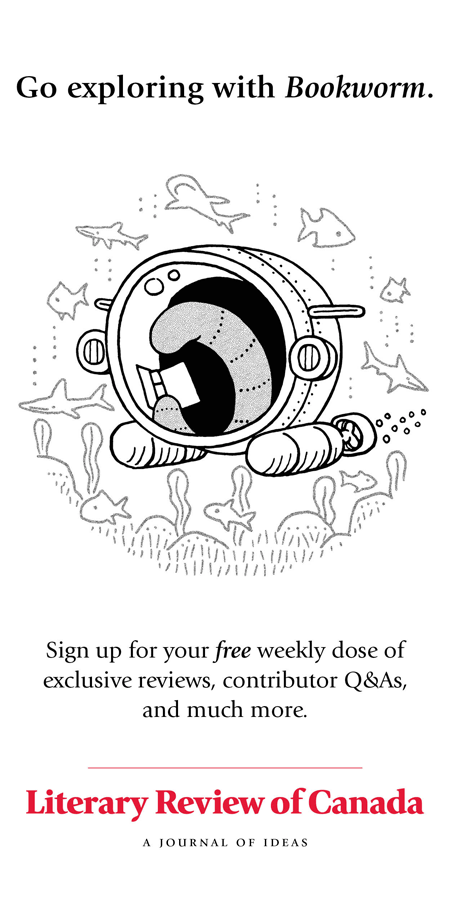The general election of 2011 saw major changes in Canada’s electoral politics. One, of course, was the establishment, for the first time ever, of the NDP as the Official Opposition. Many saw this as much bigger news, with more long-term import for Canada, than the fact that the same election produced a Conservative majority. The NDP had moved from being the country’s “conscience” to being considered a real potential for government.
But the shift in who held the mantle of Official Opposition in 2011 did not change the role of opposition in its relationship with government. Indeed, the process worked as it was supposed to. A member of Parliament was elected in each riding; the leader of the party that elected the most MPs became prime minister, and the party with the next number of elected MPs became the Official Opposition. It is the process we have had since Confederation. We have...
Martha Hall Findlay is an executive fellow at the School of Public Policy at the University of Calgary. She was elected twice as a member of Parliament and served in the Liberal Shadow Cabinet as Official Opposition Critic for International Trade; Associate Finance; Transport, Infrastructure and Communities; and Public Works and Government Services. She was a candidate for the leadership of the Liberal Party of Canada in 2006 and 2013.

